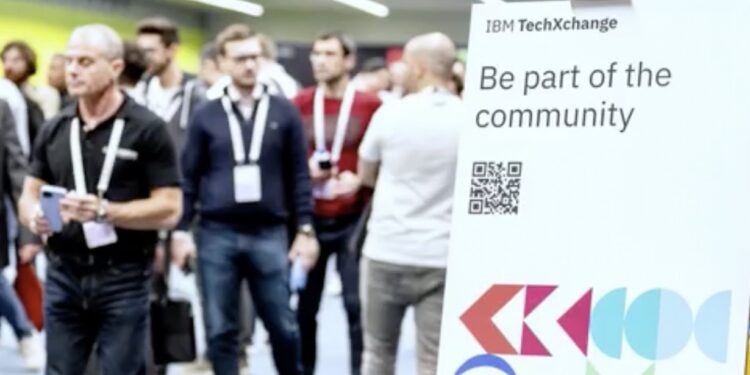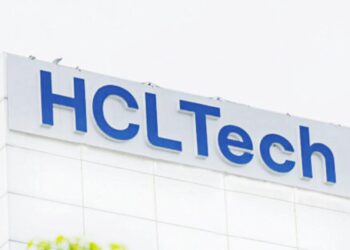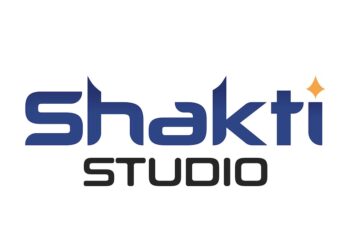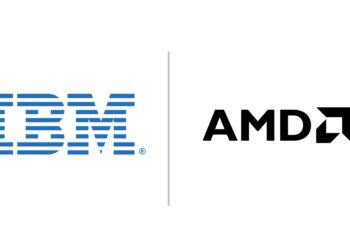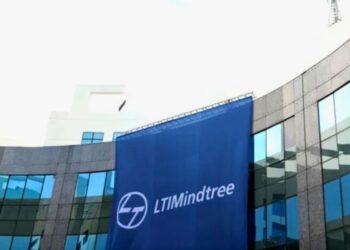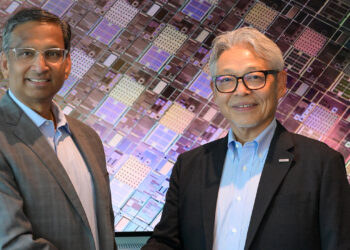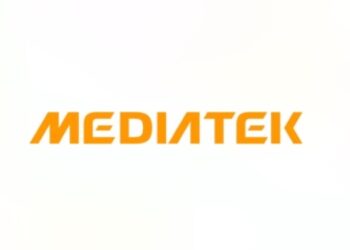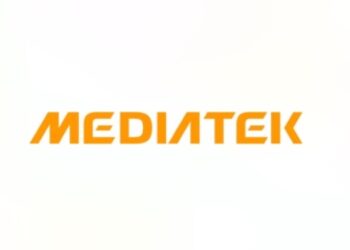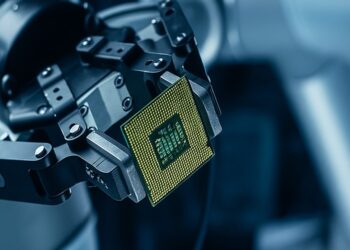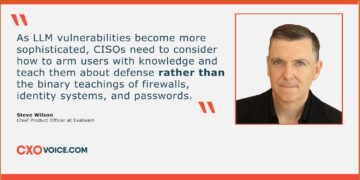Orlando, FL, October 7, 2025: At its marquee developer event TechXchange 2025, IBM made a series of bold announcements that will help businesses make better use of AI technology. This annual event for developers and technologists attracts thousands of participants from all over the world and highlights IBM’s newest innovations in AI, cloud computing, quantum computing, and smart infrastructure.
“Improving AI productivity is key to speeding up business processes. Our new features will help companies eliminate slowdowns in their technology operations,” said Dinesh Nirmal, Senior Vice President of Products at IBM Software. “With these updates, we are giving our customers better tools to enhance productivity for developers, manage AI agents, and improve infrastructure intelligence.”
Improving AI Agent Management A major component of IBM’s AI framework is watsonx Orchestrate. This product includes over 500 tools and customizable agents from IBM and its partners. It is flexible and can work in any environment, making it easier to deploy and manage AI agents. One of the new features is AgentOps, which provides monitoring and governance for AI agents.
IBM has introduced new features in watsonx Orchestrate: – Agentic workflows: Developers often use complex scripts that can break when they are scaled up. With Agentic workflows, they can use simple, reusable steps that work well together.
Langflow integration: Teams without programming skills can use Langflow’s easy-to-use visual builder to create an agent in just a few minutes. This feature will be generally available by the end of October.
IBM is also expanding these capabilities to mainframe users through the upcoming watsonx Assistant for Z. This will allow for better proactive management of systems and streamline workflows for mainframe users.
Building a Better Observability Framework: After acquiring HashiCorp, IBM introduced Project infragraph, which aims to replace disconnected tools with an integrated control panel for observability.
With Project infragraph, companies can see their entire infrastructure in one view, making it easier to manage security without the hassle of manual reporting.
Project infragraph will be available within HashiCorp Cloud Platform (HCP) and will eventually connect with IBM’s broader software offerings to help unify infrastructure and security under one consistent model.
IBM also introduced Project Bob, an AI-driven integrated development environment (IDE) now in private tech preview. This tool is designed to improve the software development lifecycle (SDLC), including the process of modernizing software. Project Bob aims to bring a new level of efficiency to developers by simplifying complex tasks involved in software creation. Over 6,000 early adopters within IBM report ~45% productivity gains in internal testing.
IBM is pushing deeper observability and infrastructure intelligence to handle complexity and scale. New observability enhancements aim to help operations teams manage performance, resilience, and cost across hybrid environments. Infrastructure automation is being revamped so that the compute / network / storage layers adapt more intelligently to AI workloads.
With its 2025 announcements, IBM is signaling that it wants to be the operational backbone of enterprise AI, not just a model provider or cloud vendor. By aligning software, infrastructure, observability, and partner ecosystems, IBM is banking on the thesis that getting AI from lab to line-of-business requires tightly integrated, production-grade systems.
Also Read: IBM and BharatGen Join Forces to Accelerate AI Adoption in India
